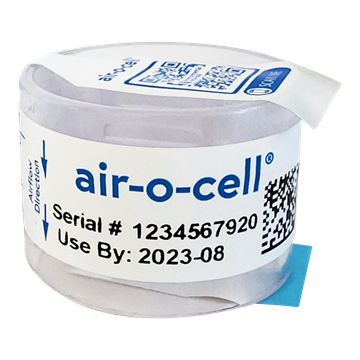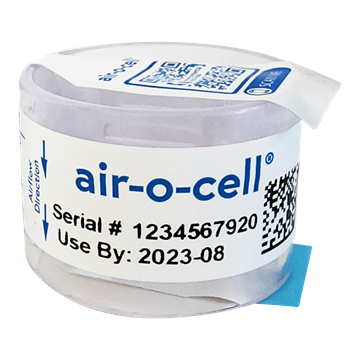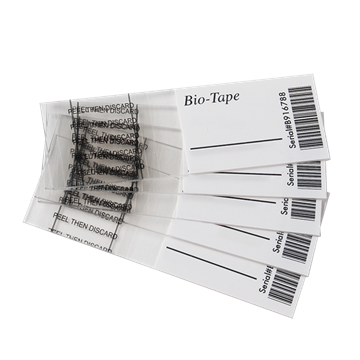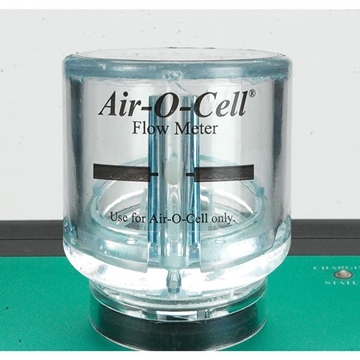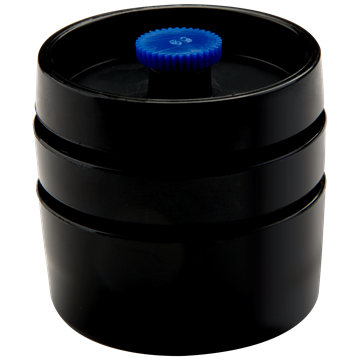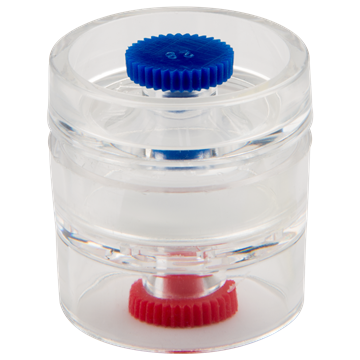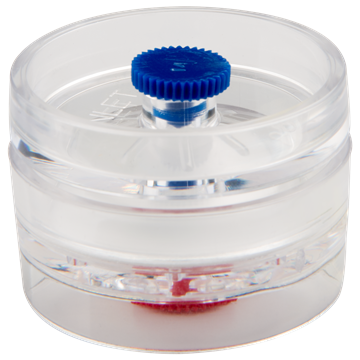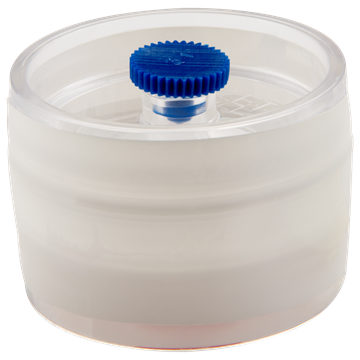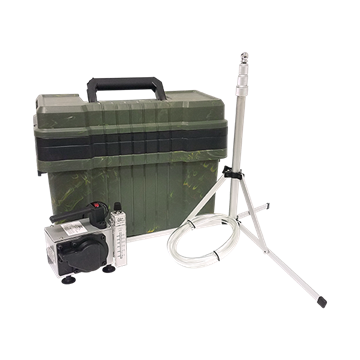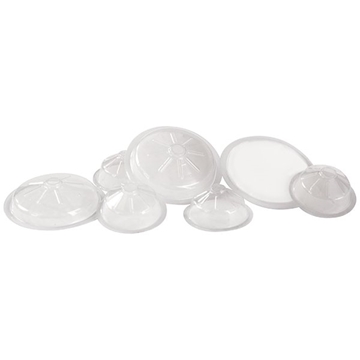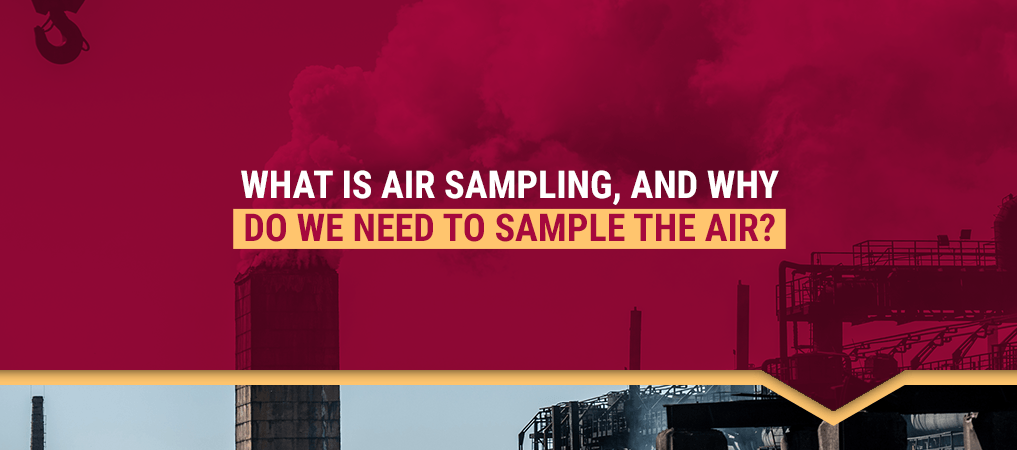
Employees need clean, breathable air to work in — and in an industrial environment full of dust, smoke and gases, clean air is sometimes hard to come by. Companies often need a way to determine what particulates are in their air and what impacts those particulates may have on workers who breathe them in for eight hours a day.
Air sampling offers a reliable solution. This process provides a convenient way to assess air quality and gain the data necessary to provide a quality working environment.
Table of Contents
- What Is Air Sampling?
- Types of Air Sampling
- Why Do We Need to Sample the Air?
- Types of Contaminants in the Air
- Indoor Air Quality Standards
- Types of Air Sampling Equipment
- Choose Zefon International for Your Air Sampling Equipment Supplier
What Is Air Sampling?
In our introduction to air sampling, let's start with the basics. What is the definition of air sampling?
Air sampling is a process used to determine what airborne contaminants are present in an environment. It uses special instruments to detect contaminants such as gases, vapors, dusts and fibers in the air.
The significance of air sampling is that these substances can cause respiratory impairments if inhaled. So air sampling helps companies measure air quality and determine what safety precautions they need to take.
Air sampling is vital in any industry that sees high levels of airborne contaminants. Firefighting operations, chemical manufacturing plants, construction sites, coal mining companies and research laboratories often use air sampling to gain insight into the quality of their work environments and keep employees safe.
Why Do We Need to Sample the Air?
Companies often sample the air to monitor workers' exposure to airborne contaminants. Air sampling machines give industrial or other potentially high-exposure companies the air-quality data they need to make informed decisions and put employee health first.
- Determining contaminant type: Using sampling equipment helps companies know what contaminants are present and whether those particles are toxic.
- Determining contaminant concentrations: Companies also need to know how much of a contaminant is present in the environment. Sampling can give them an idea of what concentrations are present so they can determine whether the environment is safe to work in.
Types of Air Sampling
Air sampling may take a couple of different forms:
- Static air sampling: Static air sampling take samples of air from the ambient environment. Ambient air sampling devices are generally larger and have high flow rates, so they can sample a large volume of air in a short time. They are particularly useful for locating contaminant sources.
- Personal air sampling: This air sampling procedure samples the air one person interacts with. In personal air sampling, a worker often puts on wearable sampling equipment, usually over the area several inches from the face, and goes about a typical workday. The equipment captures a representative sample of particles the person comes into contact with.
Types of Contaminants in the Air
Air contaminants break down into a few specific types:
- Gases: Gases are present in many workplace environments. They are shapeless fluids that expand to fill the space they occupy. Exhaust gases, arc-welding gases and internal combustion gases are all common examples in industrial workplaces. Toxic gases are hazardous to human health, and even nontoxic gases may cause harm if they impede oxygen intake.
- Vapors: Vapors are volatile substances that form when materials that normally exist in a solid or liquid state evaporate. In industry, organic solvents commonly produce vapors, especially solvents with low boiling points that vaporize easily at room temperature. Many vapors make their way into the body through inhalation and skin absorption.
- Dusts: In industry, dusts are solid airborne particles that measure between 0.1 to 25 micrometers. Dusts are usually the solid particles generated by activities like crushing, handling, breaking, detonating, grinding, crushing, blasting or shaking different materials. The materials may be organic or inorganic — rock, coal, wood, ore, metal and grain are common examples. Dusts of less than 10 micrometers in diameter are known as respirable particles because they can lodge themselves deep in the alveolar sacs of the lungs.
- Fumes: Fumes form when warm volatilized solids — solids that have changed into vapors – condense in cool air. The particles that make up fumes are extremely fine and easy to inhale — usually less than 1 picometer in diameter. Welding and other processes that involve molten metal tend to produce fumes.
- Mists: Mists are finely dispersed liquids suspended in the atmosphere. They form when vaporized liquids condense back into their liquid state, and the liquid particles become suspended in the air. They may also form when a process like atomizing disperses liquid into the air. Cutting and grinding may generate oil mists, electroplating often produces acid mists, and spray finishing processes often generate spray mists.
- Fibers: Fibers are long, slender, solid particles whose length often greatly exceeds their diameter. Asbestos, fiberglass and fibrous talc often break down into fibers. Processes in construction, mining, demolition and fabrication often produce these contaminants.
Indoor Air Quality Standards
Indoor air quality standards generally come from the Occupational Safety and Health Administration (OSHA), as well as from the National Institute of Occupational Safety and Health (NIOSH) and the American Conference of Governmental Industrial Hygienists (ACGIH). OSHA does not have a general indoor air quality standard. Instead, it issues guidelines to address common concerns about indoor air quality. NIOSH and ACGIH guidelines are also recommended standards.
Below are some of OSHA's established permissible exposure limits (PELs) in parts per million (ppm) or milligrams per cubic meter (mg/m3). Many state and local governments have stepped in with their own regulations, so companies will want to check with their local authorities for guidance on applicable standards.
- Acetic acid: 10 ppm
- Ammonia: 50 ppm
- Carbon dioxide: 5,000 ppm
- Calcium carbonate, respirable fraction: 5 mg/m3
- Cobalt metal, dust and fumes: 0.1 mg/m3
- Ethanol: 1,000 ppm
- Hydrogen peroxide: 1 ppm
- Limestone, respirable fraction: 5 mg/m3
- Marble, respirable fraction: 5 mg/m3
- Nitroglycerin: 0.2 ppm
- Octane: 500 ppm
- Petroleum distillates: 500 ppm
- Tin, inorganic compounds: 2 mg/m3
Types of Air Sampling Equipment
Air sampling equipment comes in various forms, so your company can choose the air sampling methods and tools that will work best for your specific applications.
Cassettes
Filter cassettes are the basic units of air sampling. Many sampling cassettes work with pumps to collect particulates from the air — they are particularly effective for mold collection. Facilities can use the cylinder-shaped cassettes to collect air contaminants from work environments and send them to the laboratory for analysis.
Cassettes sometimes contain preloaded filters for convenience in air sampling. Unlike other pieces of equipment, these cassettes do not require weighing or assembly before use.
Pumps
Air sampling pumps pair with filter media to collect contaminants from the air. They are useful for area sampling, indoor air quality sampling and personal sampling, and they work well for many contaminants, including asbestos, beryllium, hazardous particulates, lead, mold spores, and respirable dust and silica.
Bubblers and Impingers
Bubblers and impingers often work with an area pump to sample contaminants in a defined area. Impingers often work best for particulates, and bubblers are ideal for gases and vapors. They require liquid for their work — they collect their contaminants by bubbling the air through a liquid that binds to the contaminants.
Filters and Filter Media
Filters work by passing air through membranes filled with small pores. The air can pass through, while the tiny holes trap the contaminants on the other side of the media. Filter membranes come in a variety of different materials — mixed cellulose ester (MCE), polyvinyl chloride (PVC), polycarbonate track-etch (PCTE), polytetrafluoroethylene (PTFE), glass fiber, quartz and even silver.
Cyclones
Cyclone assemblies connect to filter cassettes to filter larger, nontoxic particles out of the air. They contain a centrifuge where the rapid rotation of air forces larger particles down into a grit pot. Respirable particles continue on and become trapped in the filter cassette.
Inhalable Samplers
Inhalable samplers collect particles of a size that makes them particularly likely to enter the body through inhalation — that is, particles of up to 100 micrometers in diameter. They help companies determine the risk of contaminant inhalation for their workers.
Choose Zefon International for Your Air Sampling Equipment Supplier
To see the benefits of air sampling equipment in your work environment, contact Zefon International. Our quality products, dependable customer service, competitive prices, large selection of equipment and fast delivery set us apart from the competition. You'll get the reliable products you need when you need them and can receive assistance if questions about air sampling calculations arise.
Contact us today to purchase air sampling equipment or learn more.
























